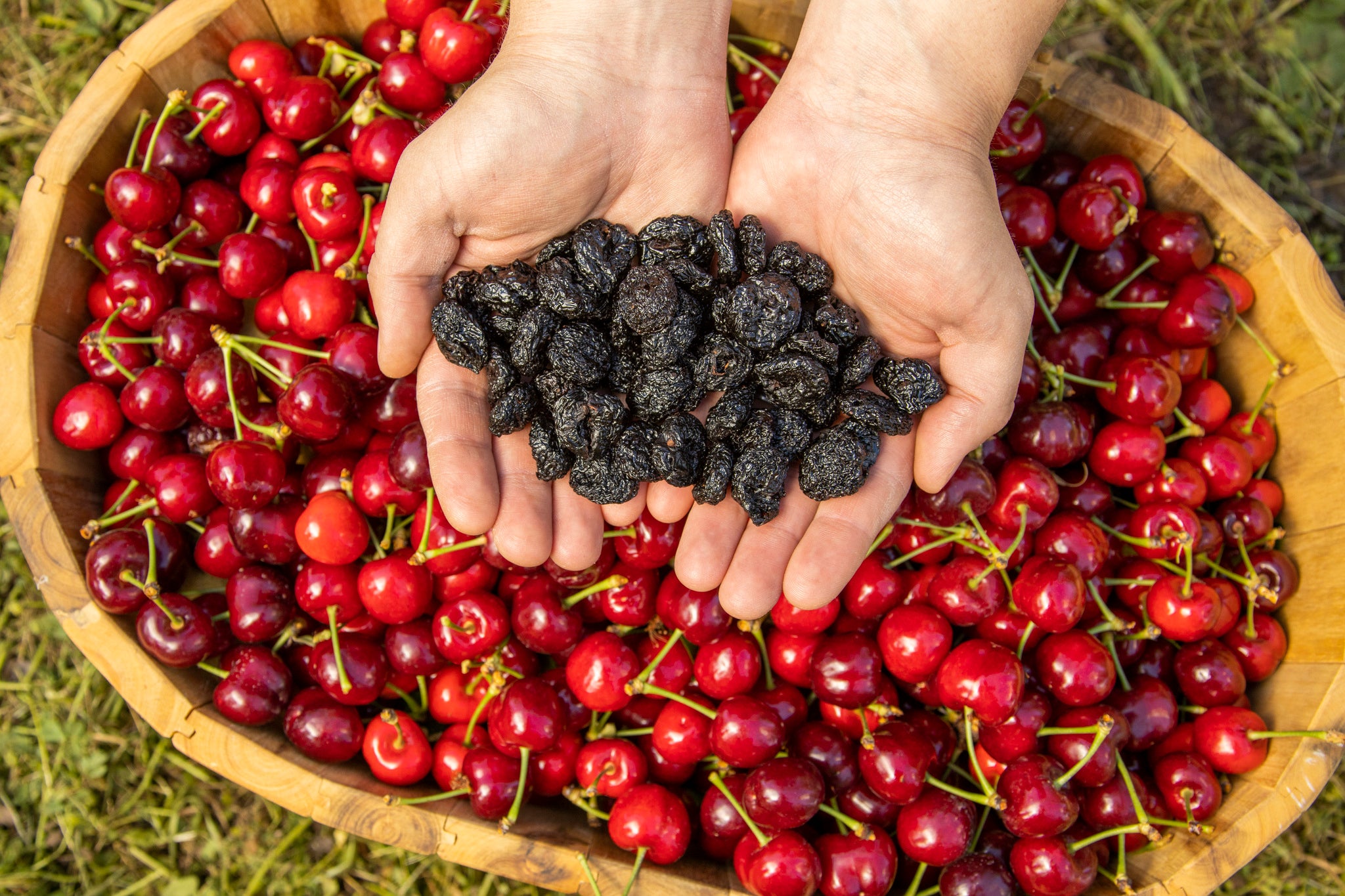Janmashtami 2020: Unni Appam And Other Krishna Jayanthi Treats From Tamil Nadu
All steps usually lead to the pooja room on Janmashtami, which widely known as Krishna Jayanthi or Gokulashtami in Tamil Nadu. These are not just ordinary steps but tiny footprints that are painstakingly drawn from the doorstep all the way to the pooja room. It’s the most endearing memory from our childhood of a festival that involved an elaborate pooja after sunset and an assortment of sweet and savoury treats. Whether Lord Krishna follows the baby steps (I remember them being painted with a rice flour mix as a child), most kids in the house always did and made a meal of these delicious treats after the pooja.
(Also Read: Janmashtami 2020: Date, Time, Significance Of Janmashtami Fast)
This was a festival I used to look forward to as a child. I’m sure the food played a big part. In many homes, it is customary to offer 11 dishes or items to Lord Krishna on this auspicious occasion. Lord Krishna’s fondness for butter is one reason why hand-churned white butter is usually mixed with sugar candy and placed along with the other items. Most of the sweet items choose jaggery over processed white sugar. A popular theory for this choice is to avoid processed sugar that may involve certain ingredients or chemicals that are not deemed fit for an auspicious pooja.
(Also Read: How Were Idli, Dosa, Appam Invented? This Twitter User’s Funny Origin Stories Are Going Viral)
One of my favourite dishes for Krishna Jayanthi is Nei (Ghee) appam or Unni appam. This is similar to the sweet paniyaram that is made in skillets with tiny moulds. Rice flour, jaggery and a smattering of over ripe banana come together in this delicious sweet dish that is cooked in ghee (See recipe). Rice flour comes into play in another Krishna Jayanthi special – seedai. These crispy rice-flour balls are deep-fried and come in two versions – a tinier savoury version – the uppu (salt) seedai, and a larger sweet version – Vella (Jaggery) seedai – are made with rice flour and jaggery. The seedai is a quintessential Gokulashtami special across the state. Rava is another recurring ingredient. There’s the rava ladoo and the more laborious and scrumptious poori payasam that is gradually fading away. You can try making unni appam (takes its name for its tiny size) at home. The key to this dish is how you flip the dumplings inside the skillet and cook it to a dark brown colour without burning it and retaining the soft centre.

Unni Appam or Nei Appam
Recipe Courtesy: Chef Balaji Natarajan – Executive Chef, Park Hyatt Chennai
Ingredients:
– Raw rice-200gms
– Banana (over ripe) – 150 gm
– Palm Jaggery – 150 gm
– Water – 90 ml
– Cardamom Powder -1/2 tsp
– Dry ginger powder – 1/4 tsp
– Roasted cumin powder -1/4 tsp
– Coconut chiplets -20gms
– Black sesame seeds -1tsp
– Ghee- 200 ml
– Salt to taste
Method:
1. Soak the rice with sufficient water for at least 30 minutes. Then wash the rice thoroughly to remove dust and unwanted particles and strain. Repeat the same until you get clean rice. Again soak the clean rice in fresh water for about 4 hours.
2. Take a pan add jaggery and water. On medium flame, cook the jaggery until it melts and dissolves in the water and gets a thick and saucy consistency. Strain the syrup and allow to cool down.
3. Next, strain the rice and add to a blender with peeledbanana and strained jaggery syrup.
4. Blend the rice well until you get semi thick, slightly course and pouring consistency.
5. Take a small pan and add ghee, and add coconut chiplets. Cook till light brown in colour. Add black sesame seeds and stir for some time. Remove from heat and add this to the rice and banana batter.
6. Add cardamom, dry ginger, cumin powder and salt to batter. Mix well.
7. Allow the batter to ferment for 6 to 8 hours depending upon weather conditions.
8. Now, heat the pan, add ghee to each mould filling them upto half. Now add batter up to 80 % in each mould . Maintain low heat to cook. Batter will form a dumpling shape when it starts cooking.
9. Flip the dumpling to the other side. Ensure each dumpling is cooked to a golden dark brown colour on all sides and is crispy.
While this dish is served during Janmashtami in many homes, it’s also a perfect evening snack for a monsoon evening with a savoury and a freshly brewed tumbler of filter coffee.
About Ashwin RajagopalanI’ve discovered cultures, destinations and felt at home in some of the world’s most remote corners because of the various meals I’ve tried that have been prepared with passion. Sometimes they are traditional recipes and at most times they’ve been audacious reinterpretations by creative chefs. I might not cook often but when I do, I imagine I’m in a cookery show set – matching measuring bowls, et all!





